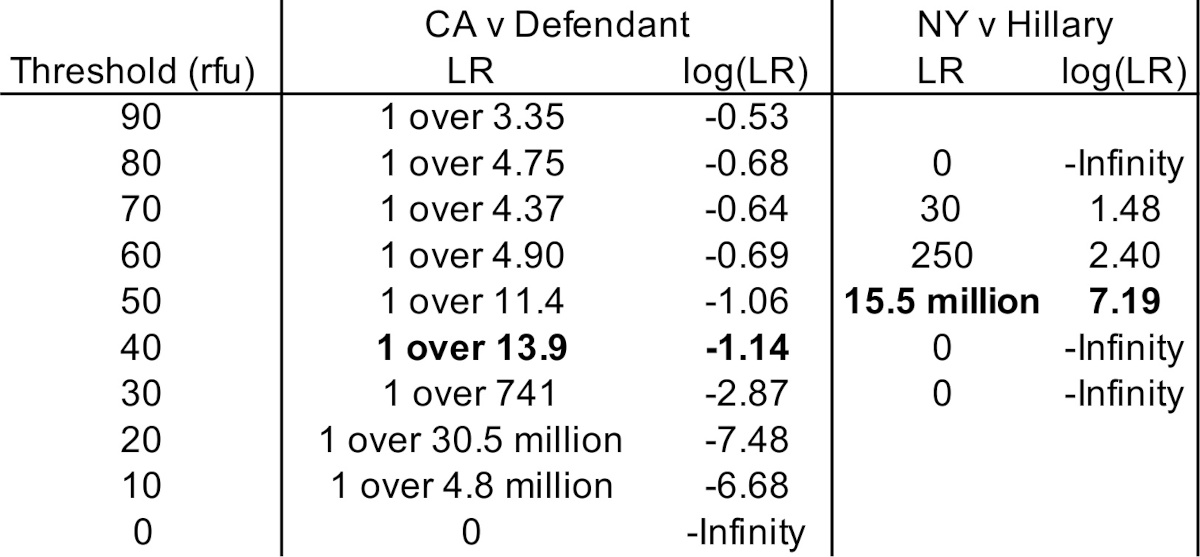Back to Newsroom
25-Apr-2024
Journal of Forensic Sciences publishes response Letter to Case Report
On April 26, the Journal of Forensic Sciences (JFS) published a Letter by Cybergenetics Chief Scientist Dr. Mark Perlin, Cuyahoga County Crime Lab’s Dr. Nasir Butt, and George Mason University’s Dr. Mark Wilson. The thousand-word open-access article is a “Commentary on: Thompson WC. Uncertainty in probabilistic genotyping of low template DNA: A case study comparing STRmixTM and TrueAllele®. J Forensic Sci. 2023;68(3):1049–63.”
Our Letter “briefly explains why the two software results differed” on drug package DNA evidence in a California criminal case. “Cybergenetics TrueAllele® probabilistic genotyping (PG) software found a strong exclusionary match statistic for the defendant of one over 1.2 million. ESR's STRmixTM PG program produced a weaker exclusionary match statistic of one over 24.”
Why? Because “the two programs were given different amounts of STR input data. TrueAllele is a fully Bayesian system capable of looking at all the peak data without data thresholds.” But STRmix “applies peak height thresholds to limit the amount of input data. TrueAllele used 210 data peaks” while “the STRmix program saw 24 peaks. The 88% reduction in STRmix data peaks, relative to TrueAllele input, accounts for the observed likelihood ratio (LR) output differences.”

In the Letter’s sensitivity study, “we tested STRmix on the STR data at different thresholds. The weakest STRmix LR value was 1 over 3.35 (using 11 peaks at a high 90 rfu threshold). The strongest LR was 1 over 30.5 million (38 peaks at a low 20 rfu threshold). Less STRmix input data gave less output identification information; more data yielded more information.” (See the table above.)
“At a 10 rfu threshold (54 peaks), the STRmix LR of one over 4.8 million was close to TrueAllele's reported one over 1.2 million. Given more data, STRmix got about the same LR results as TrueAllele. The difference in data input explains the difference between the reported TrueAllele and STRmix LR values in this case.”
“TrueAllele can use more data from low-template DNA than other programs because its hierarchical modeling obviates the need for peak height thresholds.” As is well known in science and statistics, “considering more STR data derives more LR information.”
